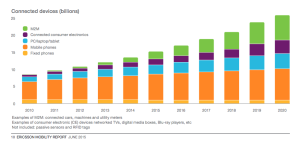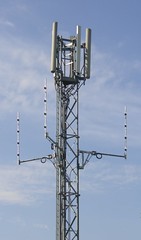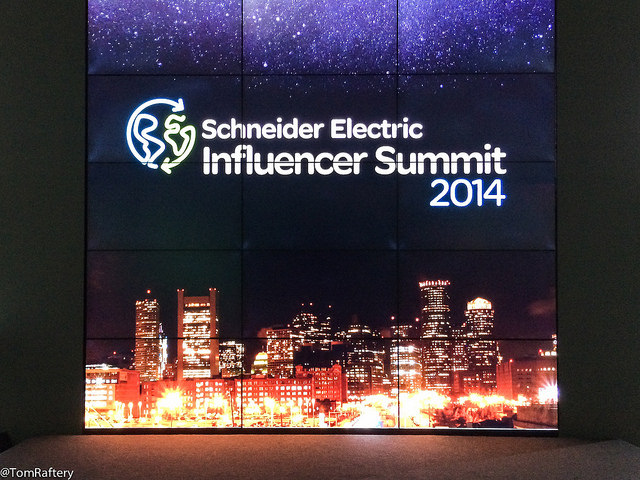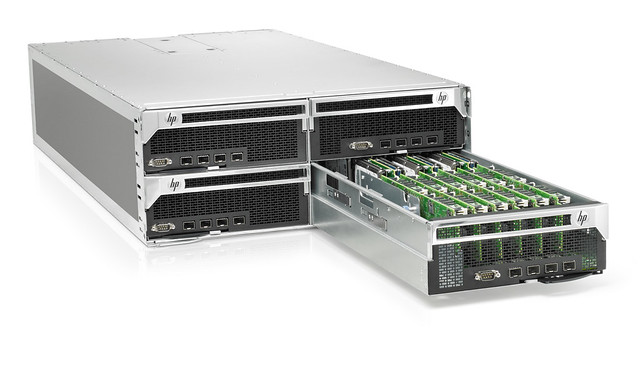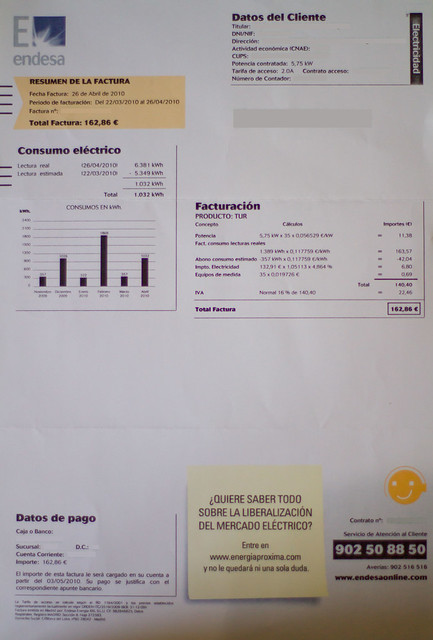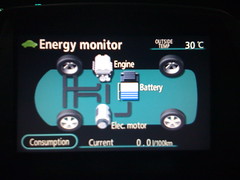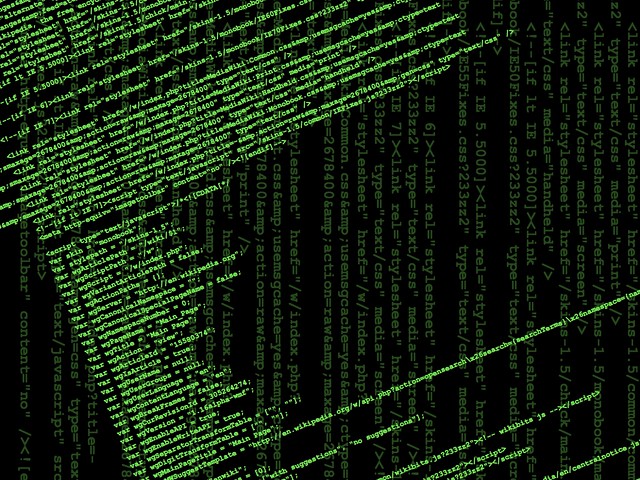Mobile industry consortium GreenTouch today released tools and technologies which, they claim, have the potential to reduce the energy consumption of communication networks by 98%
The world is now awash with mobile phones.
According to Ericsson’s June 2015 mobility report [PDF warning], the total number of mobile subscriptions globally in Q1 2015 was 7.2 billion. By 2020, that number is predicted to increase another 2 billion to 9.2 billion handsets.
Of those 7.2 billion subscriptions, around 40% are associated with smartphones, and this number is increasing daily. In fact, the report predicts that by 2016 the number of smartphone subscriptions will surpass those of basic phones, and smartphone numbers will reach 6.1 billion by 2020.
When you add to that the number of connected devices now on mobile networks (M2M, consumer electronics, laptops/tablets/wearables), we are looking at roughly 25 billion connected devices by 2020.
That’s a lot of data passing being moved around the networks. And, as you would expect that number is increasing at an enormous rate as well. There was a 55% growth in data traffic between Q1 2014 and Q1 2015, and there is expected to be a 10x growth in smartphone traffic between 2014 and 2020.
So how much energy is required to shunt this data to and fro? Estimates cite ICT as being responsible for the consumption of 2% of the world’s energy, and mobile networking making up roughly half of that. With the number of smartphones set to more than double globally between now and 2020, that figure too is shooting up.
Fortunately five years ago an industry organisation called GreenTouch was created by Bell Labs and other stakeholders in the space, with the object of reducing mobile networking’s footprint. In fact, the goal of GreenTouch when it was created was to come up with technologies reduce the energy consumption of mobile networks 1,000x by 2015.
Today, June 18th in New York, they announced the results of their last five years work, and it is that they have come up with ways for mobile companies to reduce their consumption, not by the 1,000x that they were aiming for, but by 10,000x!
The consortium also announced
research that will enable significant improvements in other areas of communications networks, including core networks and fixed (wired) residential and enterprise networks. With these energy-efficiency improvements, the net energy consumption of communication networks could be reduced by 98%
And today GreenTouch also released two tools for organisations and stakeholders interested in creating more efficient networks, GWATT and Flexible Power Model.
They went on to announce some of the innovations which led to this potential huge reduction in mobile energy consumption:
·
- Beyond Cellular Green Generation (BCG2) — This architecture uses densely deployed small cells with intelligent sleep modes and completely separates the signaling and data functions in a cellular network to dramatically improve energy efficiency over current LTE networks.
- Large-Scale Antenna System (LSAS) — This system replaces today’s cellular macro base stations with a large number of physically smaller, low-power and individually-controlled antennas delivering many user-selective data beams intended to maximize the energy efficiency of the system, taking into account the RF transmit power and the power consumption required for internal electronics and signal processing.
- Distributed Energy-Efficient Clouds – This architecture introduces a new analytic optimization framework to minimize the power consumption of content distribution networks (the delivery of video, photo, music and other larger files – which constitutes over 90% of the traffic on core networks) resulting in a new architecture of distributed “mini clouds” closer to the end users instead of large data centers.
- Green Transmission Technologies (GTT) – This set of technologies focuses on the optimal tradeoff between spectral efficiency and energy efficiency in wireless networks, optimizing different technologies, such as single user and multi-user MIMO, coordinated multi-point transmissions and interference alignment, for energy efficiency.
- Cascaded Bit Interleaving Passive Optical Networks (CBI-PON) – This advancement extends the previously announced Bit Interleaving Passive Optical Network (BiPON) technology to a Cascaded Bi-PON architecture that allows any network node in the access, edge and metro networks to efficiently process only the portion of the traffic that is relevant to that node, thereby significantly reducing the total power consumption across the entire network.
Now that these innovations are released, mobile operators hoping to reduce their energy costs will be looking closely to see how they can integrate these new tools/technologies into their network. For many, realistically, the first opportunity to architect them in will be with the rollout of the 5G networks post 2020.
Having met (and exceeded) its five year goal, what’s next for GreenTouch?
I asked this to GreenTouch Chairman Thierry Van Landegem on the phone earlier in the week. He replied that the organisation is now looking to set a new, bold goal. They are looking the energy efficiency of areas such as cloud, network virtualisation, and Internet of Things, and that they will likely announcement their next objective early next year.
I can’t wait to see what they come up with next.
Follow @TomRaftery
Mobile phone mast photo Pete S


